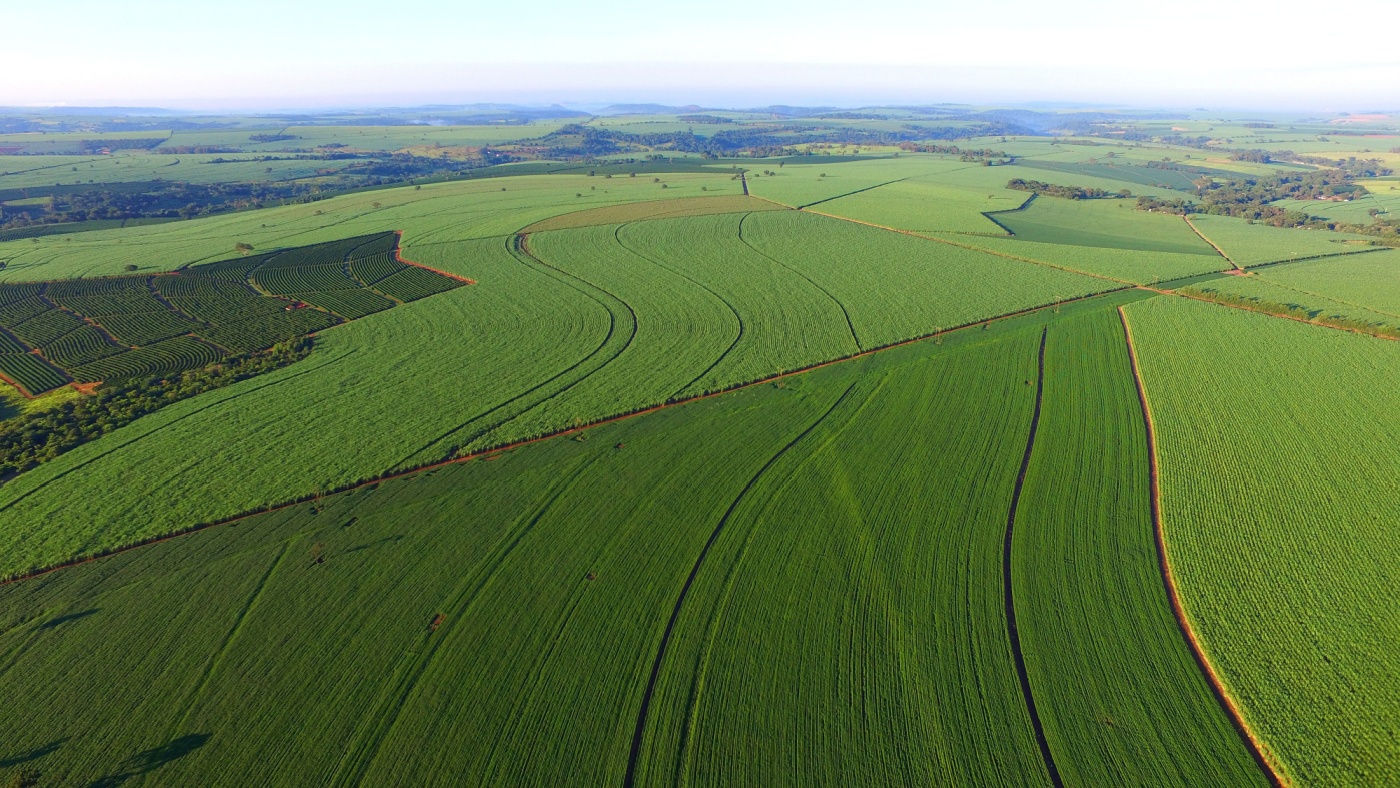Soybean planting is off to a slow start in parts of South America, and that could impact multiple crops. Dr. Michael Cordonnier, the president of Soybean and Corn Advisor, says the central part of Brazil is low on moisture right now.
“It was an extended dry season, and they’re finally now getting some rain in Brazil, but it’s a number of weeks later than normal. You know Brazil right now, soybeans are 18% planted. Last year was 30% and that’s up 10 points for the week. Now, if you look at the big state, Monte Grosso, there are 25% planted on soybeans, and last year they were 60% so they’re way behind last year.”
Argentina is also dry, but it’s not the soybeans Cordonnier is worried about.
“I think the bigger issue is corn, because in Brazil, 75% of the corn is planted as a double crop after soybeans. Now, if the soybean planting is delayed, that then delays the planting of the second crop of corn, and the more that corn gets delayed in planting, the lower the yield prospects for the second crop of corn.”
And he says it’s ultimately a matter of the calendar.
“See the ideal planting window for Sauvignon corn in Brazil closes about February 20. Now, if you plant your soybeans too late, you can’t plant your corn in time, and the later that corn planting goes, if it goes into March, there’s less and less yield potential, because the crop would run out of moisture before it matures and the rainy season starts up again sometime in May.”
And that means the real issue in South America is corn.
“The farmers in Argentina had already decided they’re going to plant less corn and more soybeans, and less corn because last year they had infestation of corn leaf hoppers, which spreads corn stunt disease, and it was really bad. A lot of farmers lost their entire crop due to the insect, and they’re just cautious, and they say, Listen, I don’t want to plant another crop of corn only to lose it to this new insect, so to speak. So they’ve already decided to cut back on their corn acres and plant more soybeans. You know, I got the corn acre in Argentina down 15%, other people have it down 20, 25%, so we’ll see.”


